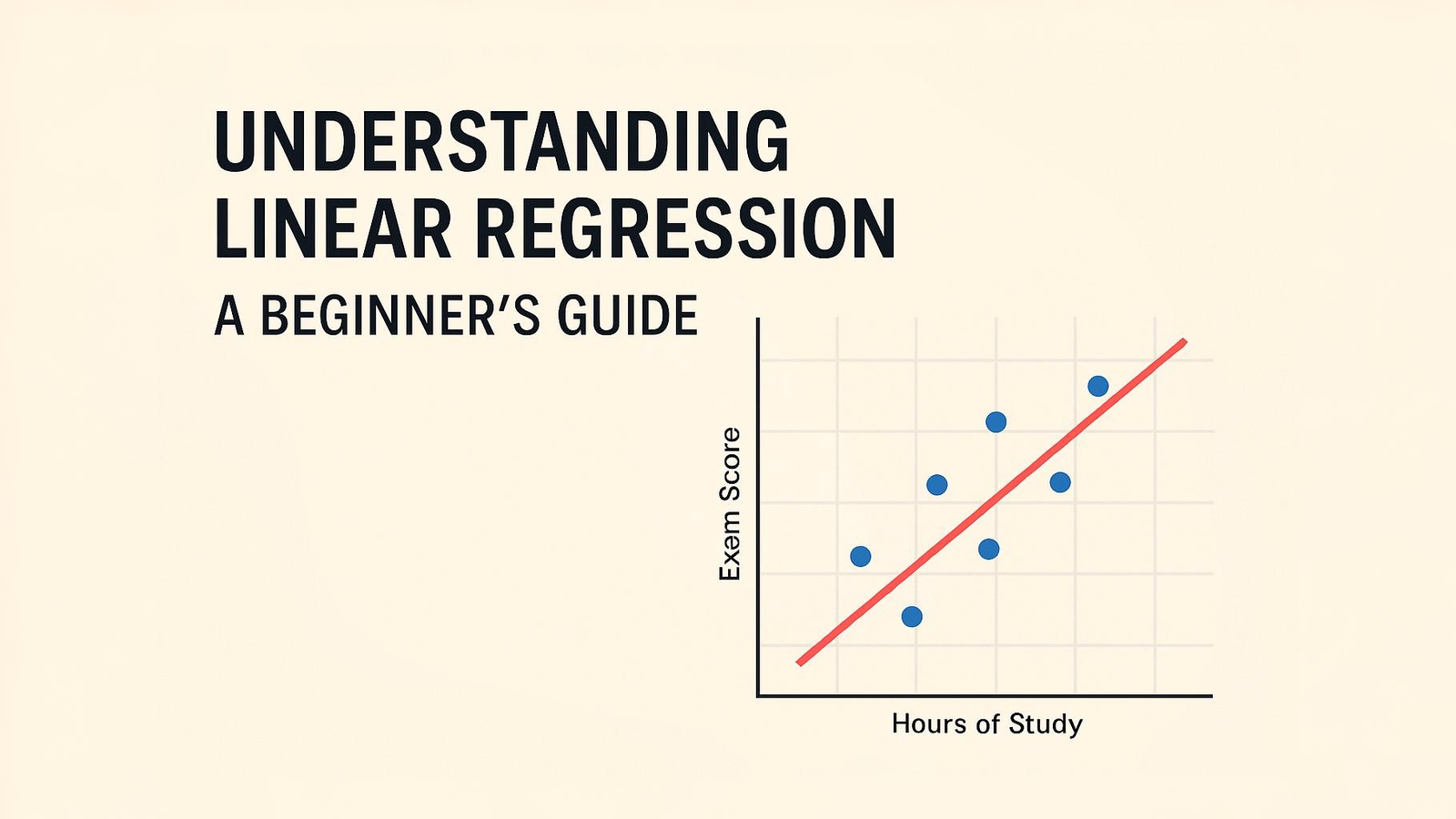Physical Address
304 North Cardinal St.
Dorchester Center, MA 02124
Physical Address
304 North Cardinal St.
Dorchester Center, MA 02124

Ever wondered how analysts predict house prices or sales figures? Linear regression is the foundational technique behind many predictions we encounter daily. This guide breaks down the concepts, formulas, and applications in plain language with practical examples—no advanced math degree required!
Subscribe to our weekly newsletter below and never miss the latest product or an exclusive offer.